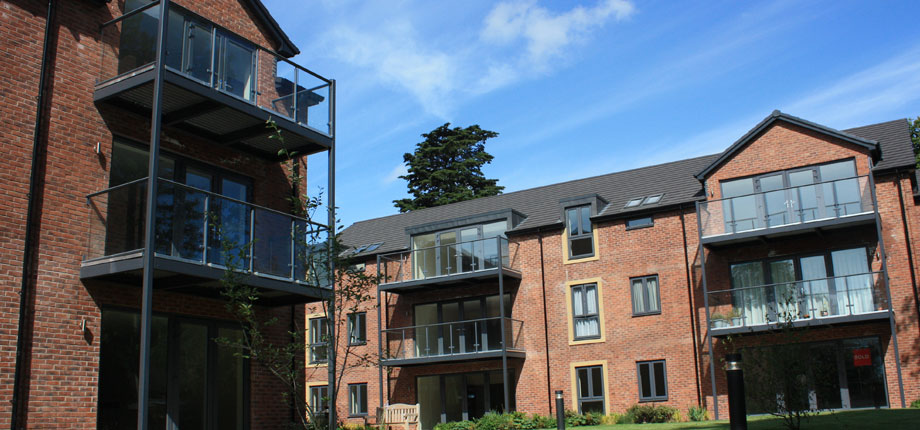The government advice, issued in June 2019, will have widespread implications for the assessment and management of balcony fire risk. Will Forbes, Technical Project Lead at balcony specialist Neaco, explains their likely impact.

The new Building (Amendment) Regulations in December 2018 require stricter fire safety compliance for new, refurbished and converted residential buildings with a floor above 18 metres from the ground. Architects and developers have been adjusting to those changes, but the recent Barking balcony fires have prompted a new government publication, Advice Note on Balconies in Residential Buildings, which will have a wider impact. It applies to all existing residential buildings with multiple dwellings, irrespective of their height.
The Ministry of Housing, Communities and Local Government (MHCLG) issued the document on 24 June, recommending fire risk assessments on existing buildings which have potentially serious implications for building owners in particular. The Advice Note sets out clear responsibilities for building owners, stating that they “should be aware of the materials used in the construction of their external wall, including the construction of balconies and the potential for any horizontal and vertical fire spread due to their arrangement on the external wall. These should be considered as part of any fire risk assessment.”
The December 2018 amendment to the Building Regulations only expressly prohibits the use of combustible materials in buildings with a floor above 18 metres in height. However, the Advice Note states that building owners should “ensure that they understand the materials used in the construction of existing balconies, irrespective of the building height. Building owners should assess the associated risk of external fire spread and take appropriate action to manage this risk and to ensure compliance with the principle set out in Requirement B4 of the Building Regulations.” B4 refers to external fire spread and the Advice Note also cites paragraph 12.5 of Approved Document B which sets out that “the external envelope of a building should not provide a medium for fire spread if it is likely to be a risk to health or safety.”
The Advice Notes states that “the removal and replacement of any combustible material used in balcony construction is the clearest way to prevent external fire spread from balconies and therefore to meet the intention of building regulation requirements and this should occur as soon as practical.”
The new document identifies the new Building (Amendment) Regulations as key reference point for assessing the fire risk of existing buildings. These regulations require the use of use materials that are A2-s1, d0 rated or Class A1 under the European classification system (Euroclass) set out in the standard BS EN 13501-1 subject to exemptions.
These standards have a significant impact on the compliance of existing decking and flooring: various materials with elements of wood, including composite decking products, are no compliant as they are not A2-s1, d0 rated or Class A1. In meeting the requirements outlined in the Advice Note, building owners need to be mindful of these standards when assessing fire risk.
Aluminium flooring provides compliance as an A1 Euroclass-rated material. It provides exceptional spanning capabilities which reduce the need for structural supports, an especially useful attribute in buildings where timber joists need to be removed in order to meet compliance. As a corrosive-free metal with a design life of at least 60-100 years, aluminium also represents a long-term, maintenance-free solution for building owners.
It is not yet clear what regulatory authority will be responsible for overseeing the requirements expressed in the Advice Note. The document also omits any clarification regarding how compliance will be enforced. However, one point is clear: there is growing and irreversible momentum for change in the way we assess and address fire safety in our buildings. Considering their health and safety duties to residents and the view of the MHCLG, it would be prudent for building owners to follow the guidance set out in the document.
Navigating government guidelines and building regulations can be daunting, but expert advice can make the route to compliance relatively easy and stress-free. Specialist manufacturers can play a valuable advisory role in helping building owners to assess the combustibility of the materials used in balconies. Neaco were recently asked to assist in compliance upgrades at Gentoo Housing Association’s City Green development in Sunderland, where existing balconies were replaced with our systems comprising non-combustible materials as part of a four-year housing improvement programme. With protection against external fires becoming an increasingly prominent issue, projects like City Green demonstrate how suppliers can impart their experience to help minimise fire risk.
For more information visit the NEACO website
- Log in to post comments













